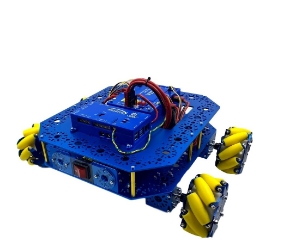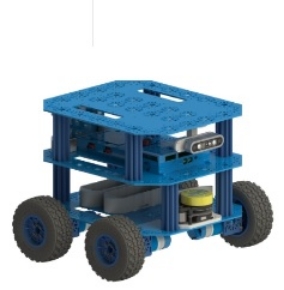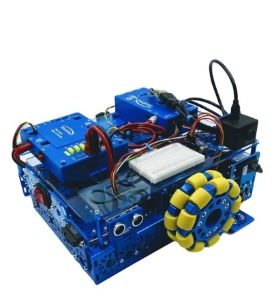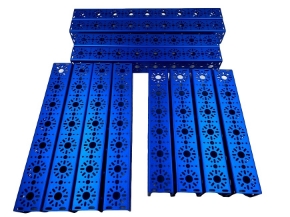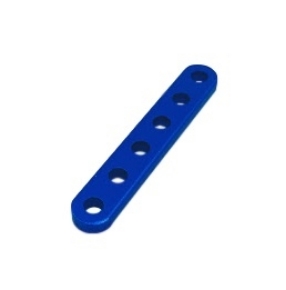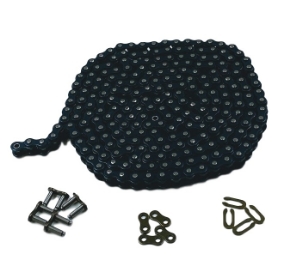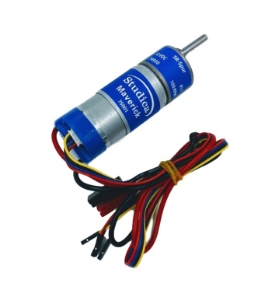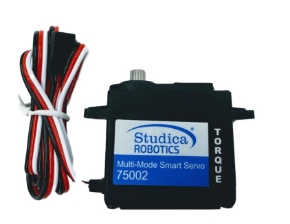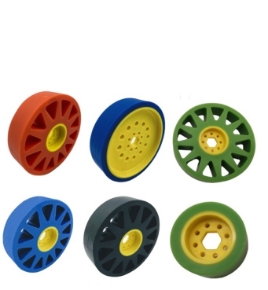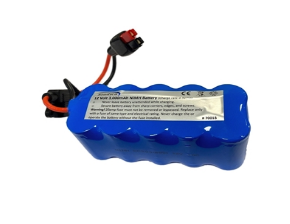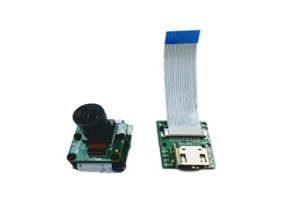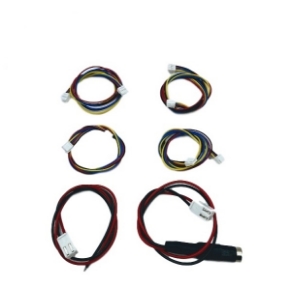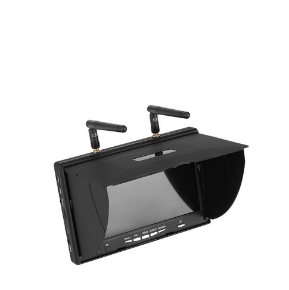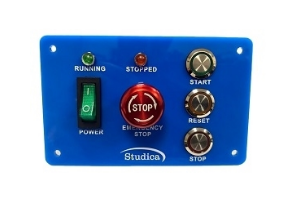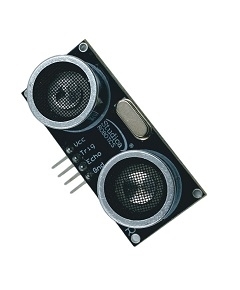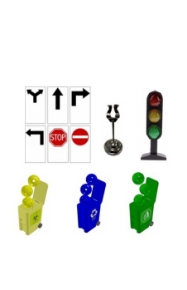The Studica Robotics Earthquake Shaker Table is used for data-driven design of safer buildings. Students create their design of a building for earthquake resistance and conduct experiements to test building modifications. Analysis of the data sets are used to develop a final design considering the building height, safety and associated costs.
Key learning objectives and uses include the following:
-
Earthquake Engineering Education:
-
Hands-On Learning: Educational institutions use earthquake simulation tables to provide students with hands-on experience in understanding the principles of earthquake engineering. This practical exposure helps students grasp complex concepts related to structural dynamics.
-
Experimentation: Students can conduct experiments on small-scale models to observe how various factors, such as building materials or structural configurations, impact a structure's response to seismic activity.
-
Structural Testing and Research:
-
Material Response: Engineers use earthquake simulation tables to test how different materials and structures respond to seismic forces. This helps in designing buildings and infrastructure that can withstand earthquakes.
-
Structural Dynamics: Researchers study the dynamic behavior of structures under simulated earthquake conditions. This includes analyzing vibrations, deformations, and modes of failure to improve earthquake-resistant designs.
-
Design Verification:
-
Prototyping: Engineers and architects use earthquake simulation tables during the prototyping phase of building design to verify the effectiveness of earthquake-resistant features before construction begins.
-
Innovative Solutions: Researchers and designers can experiment with new and innovative solutions to enhance seismic resilience in structures.
-
Emergency Response Planning:
-
Scenario Testing: Emergency response agencies use earthquake simulation tables to simulate various seismic scenarios. This helps them plan and prepare for potential earthquake events, improving their response capabilities.
-
Evacuation Planning: Simulated earthquake scenarios allow city planners and emergency responders to evaluate and refine evacuation plans for areas prone to seismic activity.
-
Equipment Testing:
-
Validation of Equipment: Critical equipment, such as medical devices or laboratory instruments, may need to be tested for their ability to function during and after an earthquake. Simulation tables provide a controlled environment for such testing.
-
Quality Assurance: Manufacturers of earthquake-resistant equipment use simulation tables to ensure that their products meet safety standards and can withstand seismic forces.

